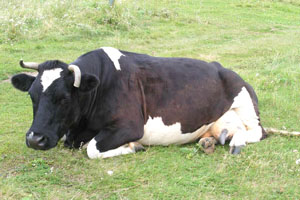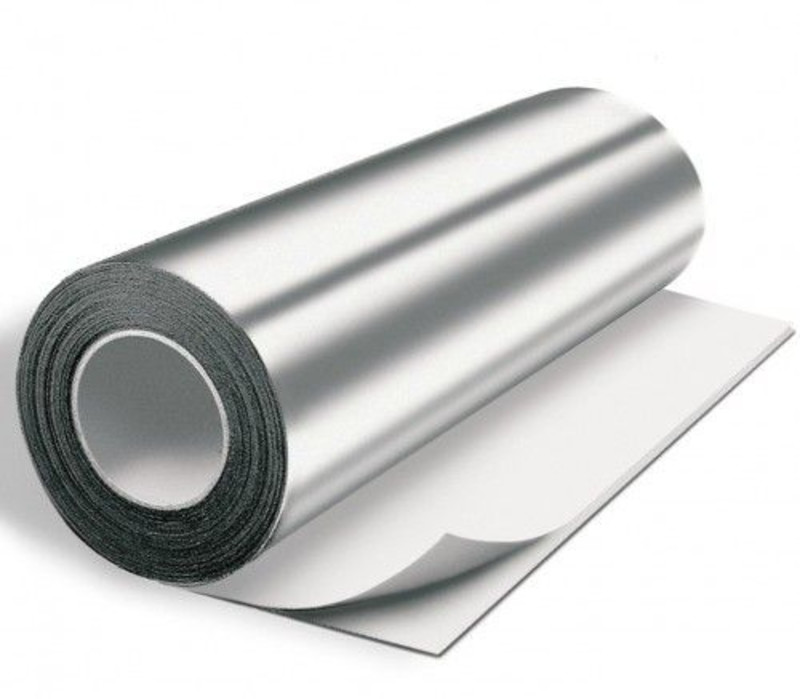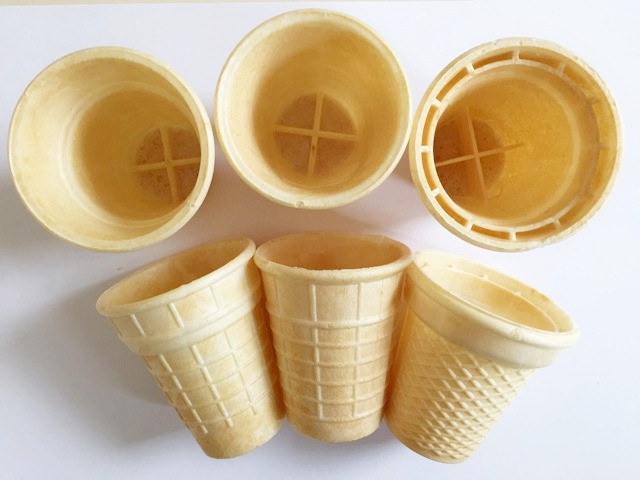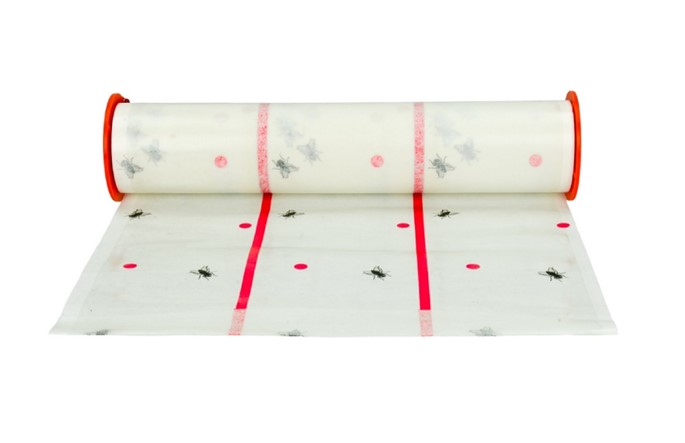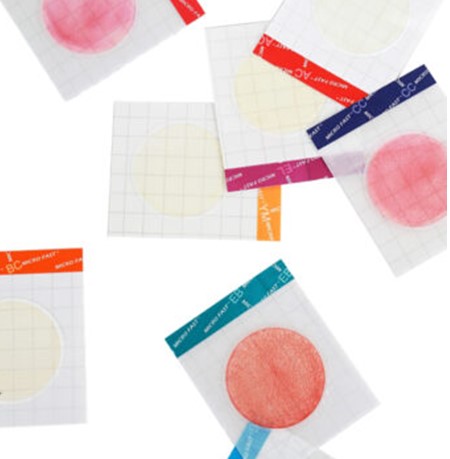Meat rate: Russians began to eat less beef
Over the past five years, the average consumption of beef in RUSSIA has decreased by 1 kg to 9 kg per person, according to a study by the National Rating Agency (NRA), which Izvestia has reviewed. This is due to the fact that such MEAT has risen in price the most compared to other types of this product. Russians began to choose pork and chicken meat more often. The extension of the quota for duty-free import of imported beef will curb its further rise in price this year, the NRA is sure. At the end of January, the Eurasian Economic Commission set it at 100 thousand tons, the Ministry of Agriculture said.
Shared fairly
The share of beef in a Russian meat plate is gradually decreasing: over the past five years, it has decreased on average from 20% to 18% by the end of 2021, in absolute terms, per capita consumption has decreased on average by 1 kg to 9 kg per person. This is stated in the NRA study, which analyzed official statistics for 2017-2021. Izvestia got acquainted with the document.
In 2022, according to the estimates of the National Pig Producers Union, the share of beef on dinner tables will decrease by another 1.9% (the results have not yet been summed up). While the volume of pork and poultry will increase by 5.9 and 2% respectively. In 2021, Russians ate an average of 15 kg and 25 kg of these types of meat.
The National Meat Association confirmed to Izvestia: beef consumption in absolute terms and its share on the plate are declining, it is being replaced by more affordable types of protein. But this trend is typical not only for Russia, but for all countries. At the same time, consumption in Russia is higher than in Eastern Europe, Germany, CHINA, they added. Beef production is a complex and expensive process, so the trend won't reverse overnight.
Chicken and pork are the main leaders in the category of meat among buyers, in sales they account for 40 and 37%, respectively, these are the most affordable types of protein, Magnit noted.
meat plate
Metro is fixing a trend towards a decrease in the consumption of marbled beef and a shift in demand towards simple beef, which is half the price, the company told Izvestia. Indicators are actively growing in such categories as turkey, duck and pork, they added there.
Demand for beef in large retail chains has generally been declining over the past five years: it is being replaced by growth in sales of pork and turkey, the chairman of the presidium of the Association of Retail Companies (AKORT) told Izvestiya. In recent months, retailers have also recorded a decrease in interest in premium types, such as marbled meat and steaks. The main reason for this trend is rising prices.
— A moderately negative trend will continue in 2022 and 2023, people will continue to buy less beef. Against the backdrop of growing consumption of pork and chicken, the figure for beef may drop to 8 kg per person, the NRA specified.
The trend is driven by the high price of this meat compared to other protein sources. According to Rosstat, as of January 2023, the retail price of boneless beef was 662 rubles per 1 kg, which is 59% higher than the cost of pork and 2.8 times more expensive than poultry meat. At the end of 2022, the price tag increased by 16%, while the cost of pork did not change, and chicken meat even decreased by 2.6%. For comparison: in January 2006, beef cost 12% cheaper than pork and only 1.5 times more expensive than poultry, the NRA noted.
Time is money
The price gap between beef and other meat will continue to grow: NRA experts expect it to rise in price by 7% in 2023. This may happen against the backdrop of an increase in its value in the world, as well as an increase in the cost of its production.
So far , Russia does not fully provide itself with beef, although it is impossible to reduce its import to zero: the country needs supplies of some elite varieties. It is also not possible to reduce the share of foreign supplies, the NRA noted. According to Rosstat, at the beginning of December 2022, the number of cattle decreased by 0.5% compared to 2021 and amounted to 7.92 million heads. Of these, 3.21 million heads were cows (0.2% less).
The NRA believes that the extension of the quota for duty-free import of beef will help to contain the rise in prices this year. In 2022, the quota was 200 thousand tons. Then they did this in order to increase the volume of meat in the domestic market and contain the rise in prices for beef and other products containing it, the Ministry of Agriculture specified at the end of 2021.
The department reminded Izvestiya that at the end of January, the Eurasian Economic Commission set a quota for beef at 100,000 tons for 2023 — this is the volume that can be imported with zero customs duty. Such a measure will provide processors with the necessary volume of raw materials.
“At the same time, the Ministry of Agriculture is actively stimulating the development of domestic beef production. For this, a wide range of state support measures is provided. For example, a new subsidy for the production of cattle for slaughter has been in effect since 2023, the ministry stressed.
However, beef remains one of the import-dependent categories: according to the latest official data for 2021, almost a quarter of this meat and offal on the market in physical terms is imported (24.7%), recalled the HEAD of the Institute for the Development of Entrepreneurship and Economics Natalya Nazarova.
— Against the backdrop of a deterioration in the situation in foreign trade in 2022, there was a significant jump in prices, they really grew faster than the cost of pork and chicken. In addition, cattle producers have faced an increase in the cost of feed and veterinary drugs since mid-2021. In such conditions, some farmers have reduced the number of animals, she stressed.
Now it is planned to stabilize prices for feed and mineral fertilizers, but the cost of meat production continues to be high. In addition, the real incomes of the population are declining, the expert added.

